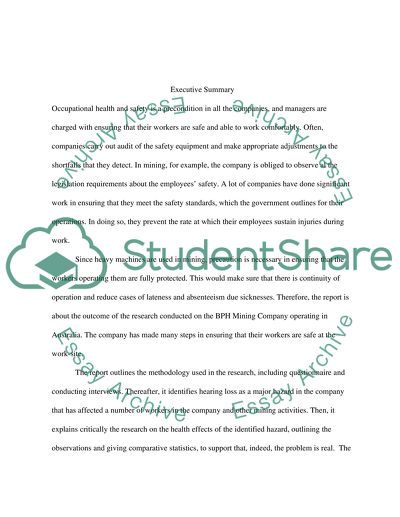Cite this document
(“Occupational Health and Safety (Hazards in the workplace) Essay”, n.d.)
Retrieved de https://studentshare.org/nursing/1391544-occupational-health-and-safety-hazards-in-the
Retrieved de https://studentshare.org/nursing/1391544-occupational-health-and-safety-hazards-in-the
(Occupational Health and Safety (Hazards in the Workplace) Essay)
https://studentshare.org/nursing/1391544-occupational-health-and-safety-hazards-in-the.
https://studentshare.org/nursing/1391544-occupational-health-and-safety-hazards-in-the.
“Occupational Health and Safety (Hazards in the Workplace) Essay”, n.d. https://studentshare.org/nursing/1391544-occupational-health-and-safety-hazards-in-the.


